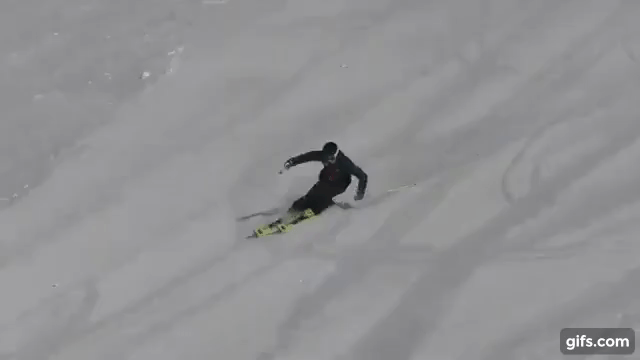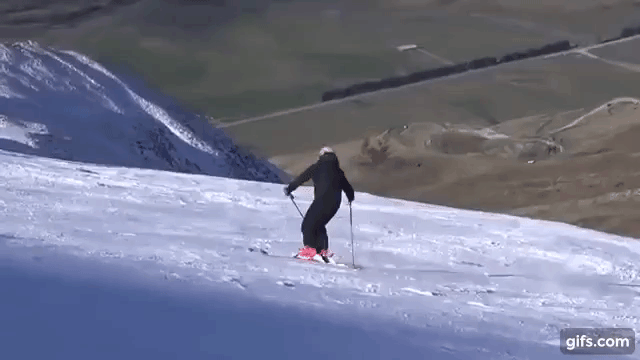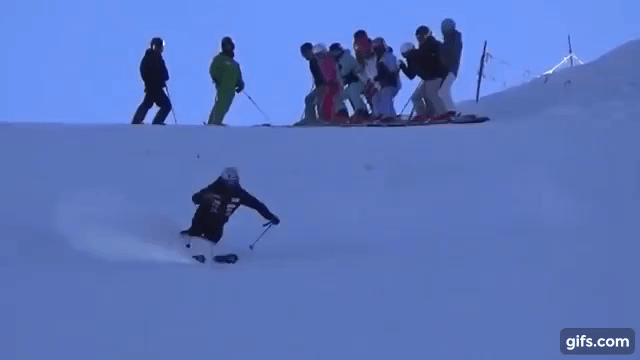- Joined
- Dec 2, 2015
- Posts
- 24,843
He taught that in his interski video. Words in English were tough, but he was pretty clear with the demo and his hands.Well, you're lucky to have skied with him! But I'd say this video shows he rotates his hip into the top of the turn in pretty much all of his turns.
Did you really mean to post the same vid 4 times? Also, it’s almost an hour long. TL;dw What part are you talking about.



